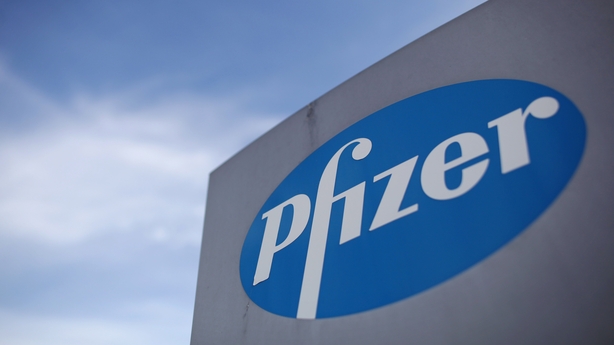Chief executives got their deal-making confidence back in 2014, encouraged by a clearer outlook for their businesses.
This took the global value for mergers and acquisitions (M&A) to their highest annual level since 2007.
The total was boosted by a rush of large deals in the telecoms, healthcare and consumer sectors, with deals promising to cause a chain reaction as rivals move to defend their territory.
In the latest example UK telecoms group BT's move to buy mobile operator EE is expected to put pressure on rivals to seek their own tie-ups as fixed-line and mobile networks and pay-TV services converge.
Global deal volume to December 11 hit $3.27 trillion, up 40% from the same time last year, according to Thomson Reuters data.
This was the highest level since 2007, when the total was $4.12 trillion during a buyout boom which saw private equity firms sign multi-billion-dollar cheques and load companies with debt.
In contrast, deals this year were mainly driven by more cautious company boards, using shares rather than debt to fund purchases.
Executives have not lost all their post-crisis inhibitions and still prefer safe bets rather than bold adventures such as French telecoms group Iliad's attempt to buy T-Mobile US.
But expectations that the pace of deal-making will keep up in 2015 have taken a knock from the oil price slump and deepening Russian economic crisis.
So far, however, the appetite for big deals shows no signs of weakening as the quest for market supremacy persists.
Comcast's $45 billion bid for Time Warner Cable will give the pair a near 30% share of the US pay TV market, while telecoms giant AT&T is looking to acquire satellite TV provider DirecTV in a $48.5 billion deal. Both deals are still under review with US regulators.
In Europe, Lafarge and Holcim aim to complete their merger next year, having secured European Union approval, to create the world's biggest cement maker with over $40 billion in annual sales.
However, some other potentially major deals barely got off the drawing board, such as brewer SAB Miller's approach to family-controlled Dutch rival Heineken.
Expanding abroad has been a key motivator this year for European companies looking to escape from the continent's sluggish economies, with the US a prime target.
In September Germany's Siemens struck a $7.6 billion all-cash deal to buy US-based Dresser Rand.
At the same time US firms are becoming more cautious about Europe and some firms had to think again after the US Treasury moved to deter so-called "inversion" deals whereby companies were making acquisitions to reincorporate abroad to avoid high taxes at home.
As a result US drugmaker AbbVie pulled the plug on its $55 billion deal to buy Dublin-based Shire, while Pfizer faced a UK political backlash against its proposed $118 billion acquisition of AstraZeneca.

However, changes in US tax rules so far have not killed off further inversion deals altogether.
Chinese buyers had a particularly strong year in Europe, bankers said, targeting Germany's medium-sized manufacturing firms and distressed assets in Southern Europe.
With cross-border activity on the rise, the ingredients for another busy year are all there with bankers predicting a new wave of deals in financial services, chemicals and energy as well as continuing consolidation in both healthcare and the telecoms, media and technology (TMT) sector.

